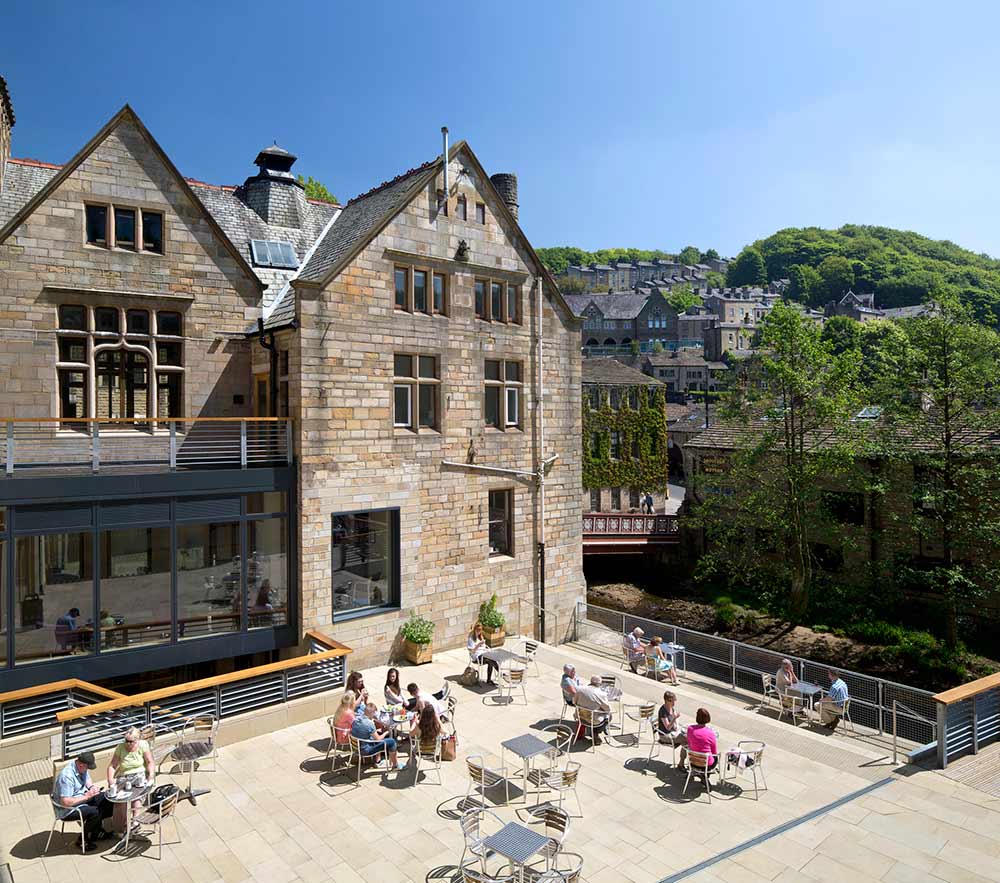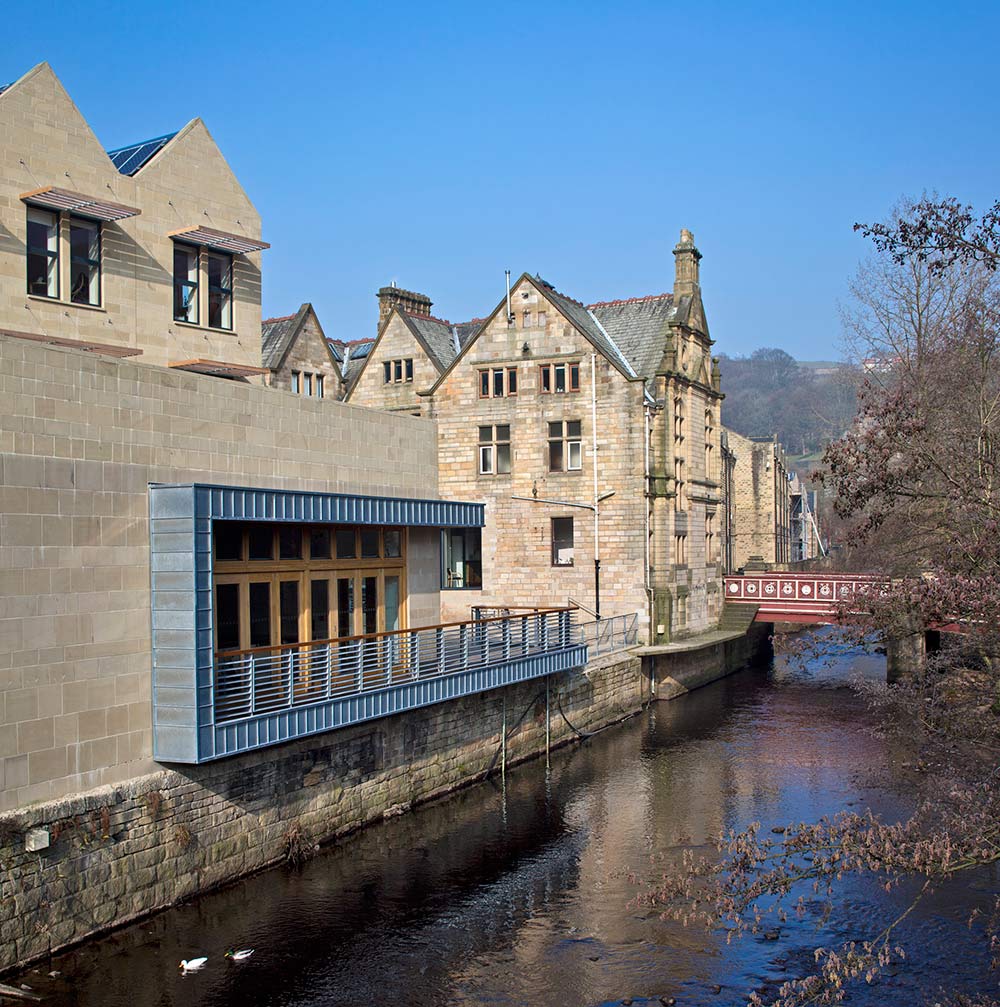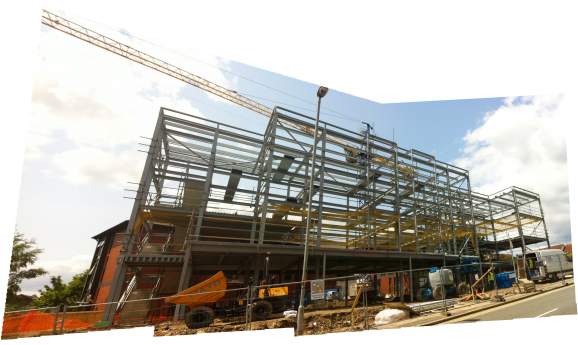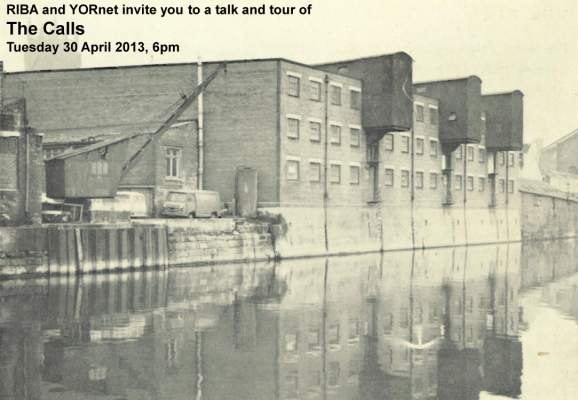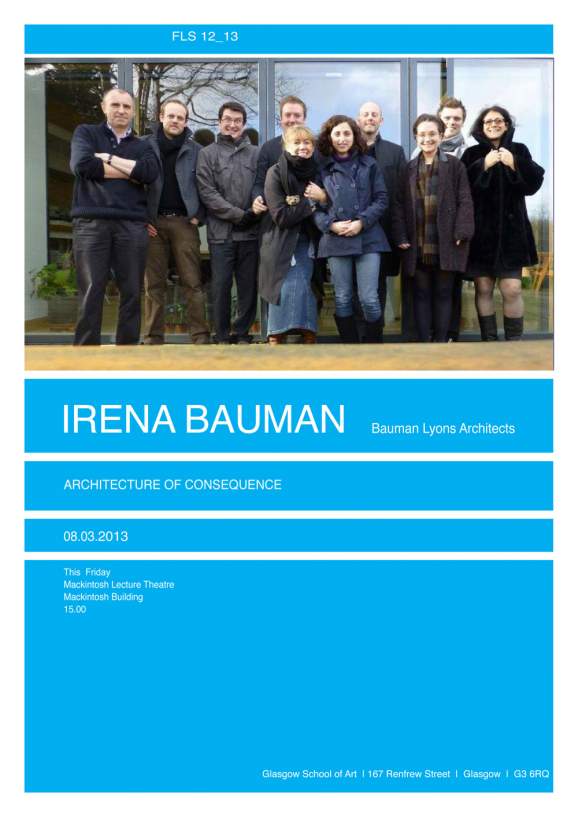
There’s been a lot of this in the last 2 months!
2 months have gone by pretty quickly and we’ve entered our last month of this trial.
So far it has been an interesting challenge and journey in evaluating whether this for me is a valuable and viable way of working.
As I started to understand at the end of February, this intensely condensed working pattern is not suited to my situation (I’m Manchester based).
I continue to notice the diminished contact with colleagues and directors, by being in the office one less day a week than my ‘standard’ days.
And although I travel less, saving 4 hours a week of commuting, the overall tiredness I accumulate in the days I work 10 hours, coupled with 4 hours of commute, is surprisingly overwhelming. The rest of the week is filled by other commitments in Manchester, so it’s not like as if I just put my feet up and rest.
I think 5in4 can work well, and I see some of my colleagues enjoying this work pattern, for those people who live locally to their work place and have no commuting time to add to a 10hr day.
I also realise, more strongly now after this experience, that such a different working pattern (i.e. the office being closed on a Friday) can work, without added stress, if others share and understand this. At this moment in time the construction industry has still a long way to go before the above can happen.
One discussion we had, in the office, right at the beginning of this trial, was the wish to find time to do personal activities that we would find enriching, activities that currently are not as valued as paid work, such as volunteering, looking after your own children, looking after the elderly, undertaking research and so on.
If there’s something that this recession has taught me is the importance of placing renewed value in non-paid work, as much as paid work. If we are to break the capitalistic society that isn’t making us more happy, on the contrary, then I think it’s imperative to wean ourselves off an all consuming working life.
Based on my personal experience, I think 5in4 can allow this to happen for those who have no added commute, as it still enables some flexibility to be retained in the hours at either side of a 10hr working day. When you add a commute like mine, for example, that flexibility unfortunately is lost.
This interesting article from the Guardian discusses the recent phenomenon of “work-life merge” where technology is allowing us to flip between private and work life seamlessly, which may be viewed as a good ‘solution’, but that has inevitably blurred the boundary of where one starts and one finishes. I don’t think this is an inherently good thing.
I have reached a point where I’m now weighing the positive aspect of less commuting – in fact for me the most positive aspect of this trial has been the ability to reduce my personal carbon footprint – against the negatives of increased tiredness and reduced interaction with my colleagues.
Stay tuned…
///
This month we asked our partners to give us feedback on their experience and impact by our longer days. Here’s my husband’s input:
What I have mostly noticed since my wife has been working her new work hours/day pattern is that she is a lot more tired when I do see her. This is probably down to the fact that she leaves the house an hour earlier than previous (around 6.30am) and arrives home an hour later than before (around 9.15pm) and consequently often misses breakfast and eats her main meal of the day late. Although it is only for two days of the week, being out of the house for close to 15 hours for those two days is taking its toll and I doubt its sustainable in its current format beyond this short trial period.
I suspect that this arrangement may be better suited for those who don’t need to commute as far as she does and is contracted to a full week’s work – but I may be wrong. My personal feelings are that a part-time employee (3 days week) should continue to work just that – 3 days at normal hours – and that to create a 5in4 version for a part-time employee is more problematic than a feasible solution. It also runs the risk of making a flexible work pattern of 3 days/week less flexible for her and her commitments to both Bauman Lyons and those back in Manchester.


